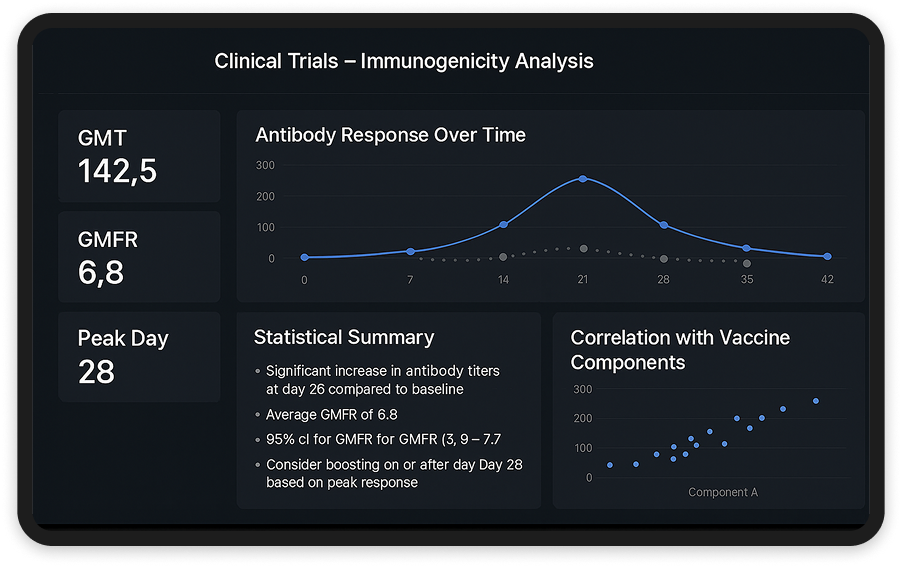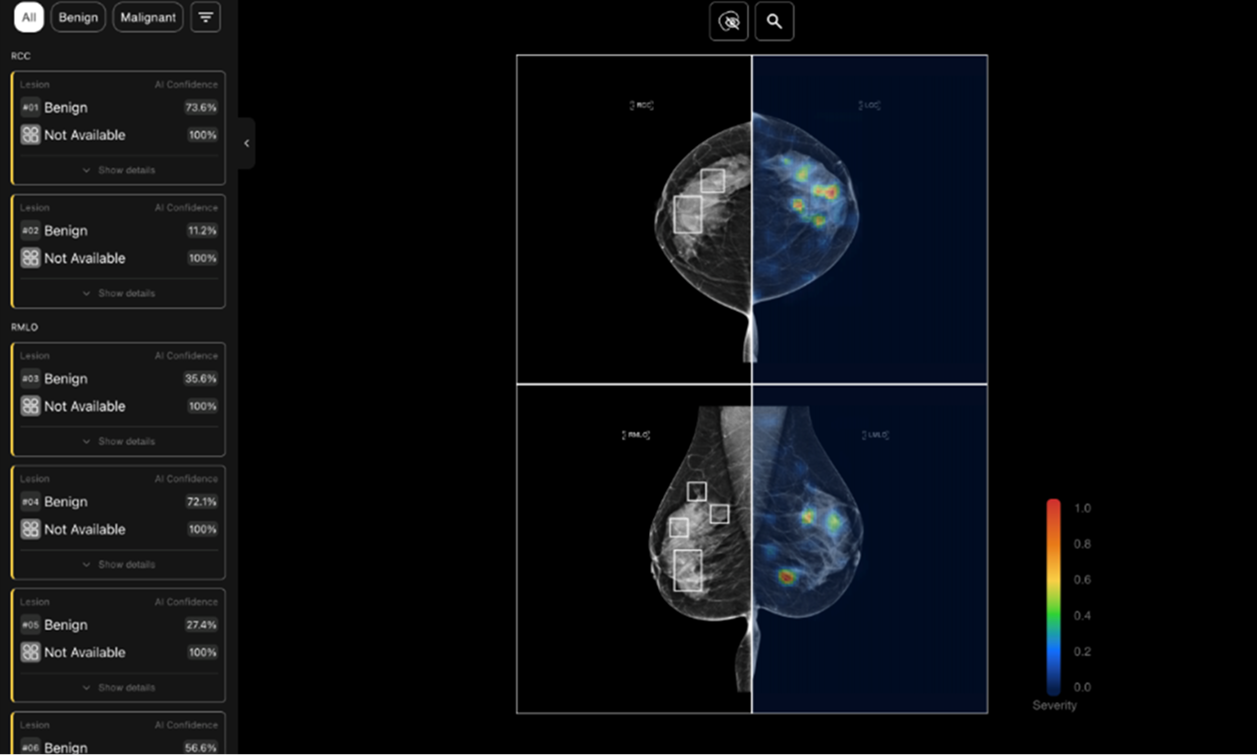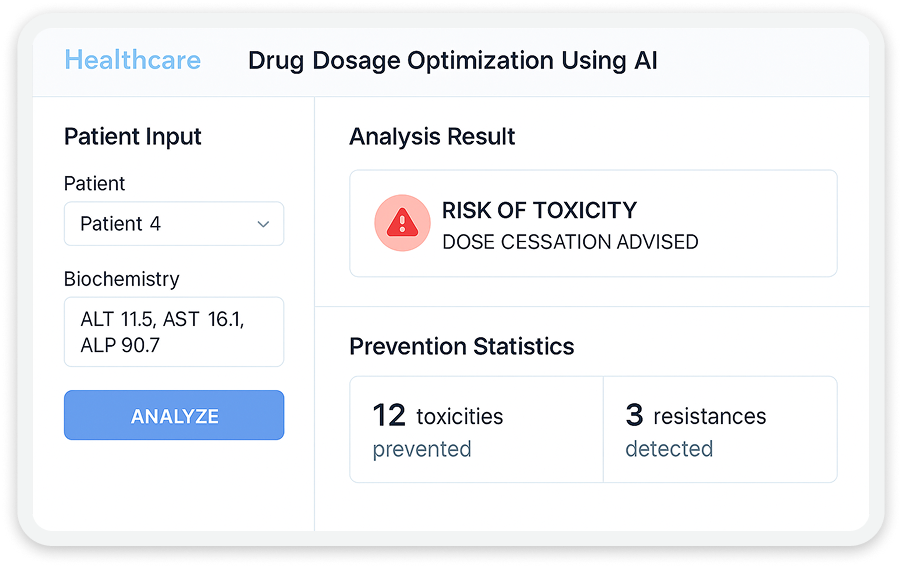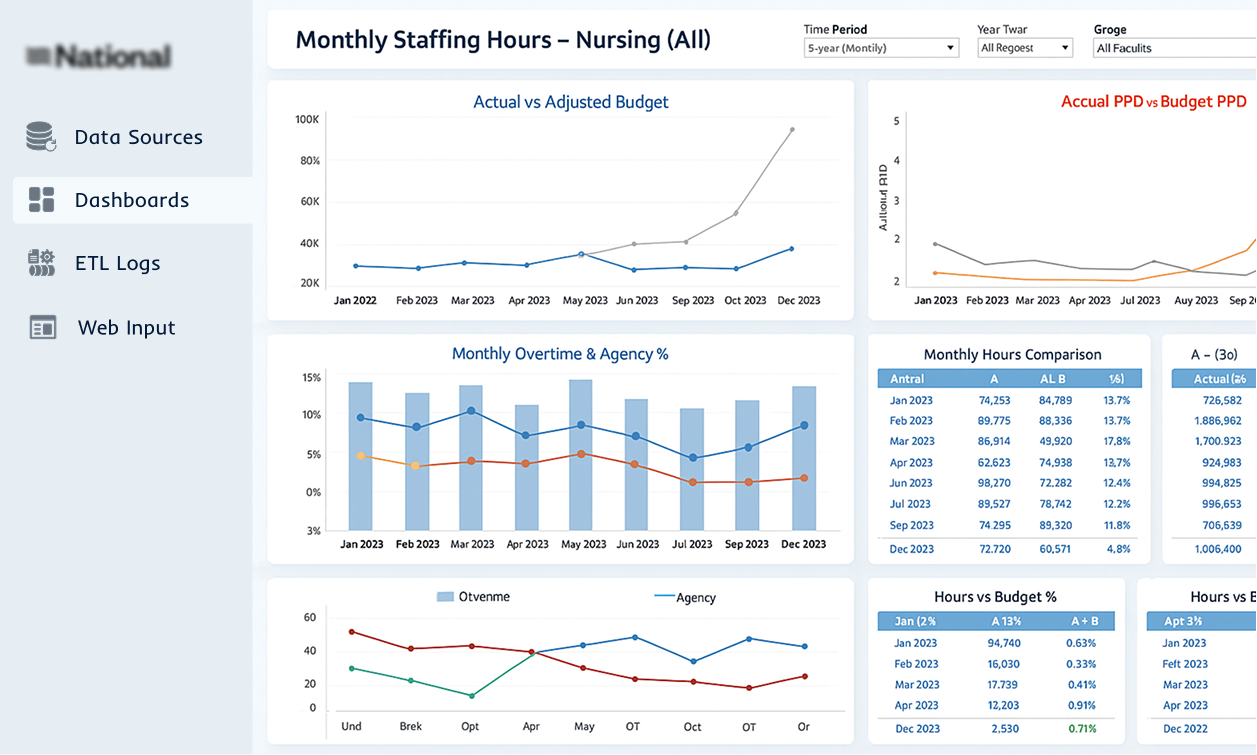This research introduces an interpretable ensemble structure for analyzing large volumes of healthcare data, focusing on improving predictive accuracy and reducing training time. The proposed method incorporates a linear ensemble with a non-iterative learning algorithm, utilizing an extended-input SGTM neural-like structure at its core. By dividing the dataset into smaller parts and processing them at each ensemble node while incorporating the output signals from previous levels as additional features, the method enhances both accuracy and computational efficiency. Experimental results on large medical datasets demonstrate the superior performance of this approach compared to traditional machine learning techniques.
Takeaways:
- The proposed ensemble method significantly improves the predictive accuracy of healthcare data analysis compared to traditional methods.
- The non-iterative learning algorithm ensures high-speed data processing, reducing the computational burden typically associated with large medical datasets.
- Dividing the dataset into smaller parts for analysis at each ensemble node contributes to more accurate predictions.
- The design of the ensemble structure facilitates the integration of output signals from previous levels, enhancing overall model performance.
- Experimental validation confirms the method’s efficiency and effectiveness in solving prediction tasks in healthcare data analysis.





